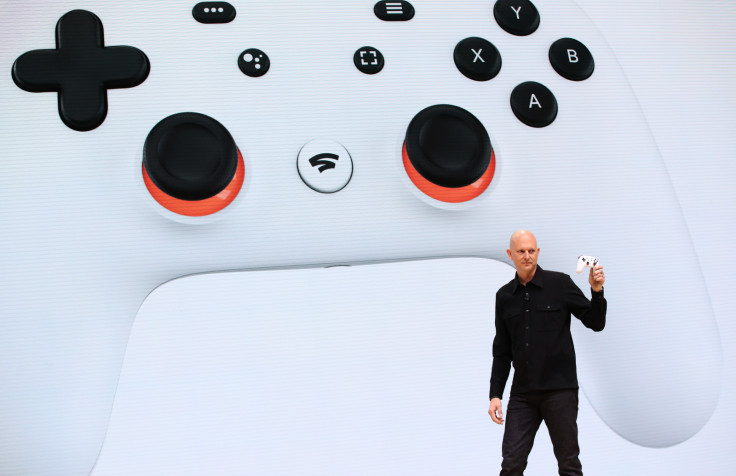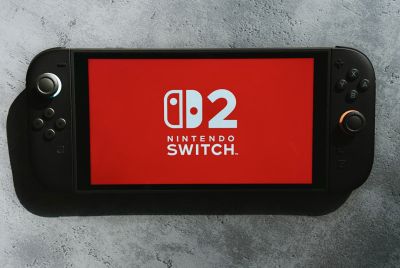Google Stadia: System engineers reveal workaround to reduce lag
Google is reportedly planning to reduce input lag between its servers and Stadia users through a unique process.
As the official launch date for Google Stadia inches closer, more information about the cloud gaming service start to surface. The concept and application of the technology all seem to be in the right place, but there is one factor that is more difficult to control. As everybody knows, internet speeds are not set in stone.
Some areas could be enjoying some of the fastest services, while others might be moderate to poor at best. Gamers already know how lag can ruin online gameplay, so Google's engineers propose a unique solution. Input delay can make a game feel sluggish to a player when the on-screen action does not match the movement of a joystick or button press.
Feelin’ spicy? Our Wasabi controller is now available everywhere you can buy Stadia, including Canada and the Nordic regions.
— Stadia (@GoogleStadia) September 10, 2019
Pre-order today → https://t.co/oeNOJIoJQc pic.twitter.com/HPfViNFoSa
Therefore, Google plans to enhance its subscribers' experience with the help of what the developers call "negative latency." As IGN explains, with this in place, users should not even experience any noticeable visual slowdown. The way it works is to bridge the time it takes to send and receive data from Stadia servers by predicting all of the possible actions the player might perform
As the report illustrates "there's always going to be some latency in them sending the data to your machine, so they must have some solution in mind to allow them to pipeline the data," explains Garrett Cooper, an indie game developer. It appears that Google's goal will be relying on its advanced machine learning platforms to analyse the ongoing gameplay. What follows is the Stadia servers proactively pre-rendering any applicable action ahead of time.
Now that you can take your favorite games with you, where will you play? 🤔
— Stadia (@GoogleStadia) August 24, 2019
Find out what #gamescom2019 attendees had to say: pic.twitter.com/80knqslS3l
`After the player makes a move, whatever corresponds to the input should show up on the screen. The number of frames it needs to work with will likewise depend on the types of game. 2D graphics would be easier to handle, while 3D titles could demand more resources. Nevertheless, the engineers should have already factored in these possibilities and have systems in place to handle the load.
With the negative latency system in place, gameplay should be on par as playing on a console or on a gaming PC. Experts weighing in on the subject are apparently confident about Google's game-streaming service. Stadia is scheduled to launch next month in 14 countries and expand its services to more territories at a later date.

© Copyright IBTimes 2025. All rights reserved.



















